Arriving late to a wine event is not a charge I usually plead “guilty” to, especially when the event covers the whole of Italy. Every region and, seemingly, every grape were on display in Los Angeles in May - and I was so late to the event I had to come up with a Plan B while I chatted with friends who were on their way out the door.
The Vino California Italian wine event on May 14th, 2013 at the Skirball Cultural Center was heavily attended - and rightly so. Dozens of producers were represented mainly at importer tables, and a few producers were on hand to pour and speak proudly about their wines themselves.
Lacking the time to make the full circuit, the Plan B I devised was to hit the islands - find all the wines from Sardegna and Sicilia that I could. I did manage to taste quite a few, and even got to try a few grapes for the first time ever. Hats off to the event’s producer, the Italy-America Chamber of Commerce West, in collaboration with Blue Lifestyle and The Tasting Panel magazine.
Sardegna
Cantine Sardus Pater
Terre Fenicie DOC 2012 - 100% Vermentino, this one is a classic. Citrus on the nose, carried in by the smell of the ocean.
Is Solus DOC 2009 - Here’s one for your quest to join the
Wine Century Club: 100% Carignano di Sulcis. Dark with plum and raspberry, a cranberry finish leaves a lighter memory.
Foras DOC 2011 - 100% Cannonau. Don’t be scared, that grape usually goes under the name of Grenache. This unoaked version brings the fresh cherry aromas and flavors all the way home.
Jankara Vini
Vermentino di Gallura DOCG 2011 - An oyster shell nose defines this beautiful example of the variety, with grapefruit and lemon peel on the palate making me wish there were oysters in those shells.
Bresca Dorada
Mirto di Sardegna - Two beekeepers on the island also had a penchant for making liqueur from Myrtle berries. They had to be talked into making it commercially available, but after tasting the aperitif, I wonder why they waited. The 30% abv beverage has a very intense nose of wild berries and flavors that are plummy and savory-sweet.
Sicilia
Donnafugata
Lighea Sicilia IGT 2011 - 100% Zibibbo, which is what Muscat of Alexandria is called on the island. The fruity and floral nose gives way to a touch of sweetness layered on the minerality.
Tancredi Sicilia IGT 2008 - This mixture of Nero d’Avola, Cabernet Sauvignon, Tannat and other red varieties has smoky oak on the nose and a big, bold palate showing savory black cherry and plenty of tannins and acidity. It screams to be paired with food.
Alcesti
L’Isola dei Profumi Bianco Sicilia IGP 2011 - A 60/40 blend of Grecanico and Inzolia grapes, it’s smoky on the nose with a mouthful of minerals.
L’Isola dei Profumi Rosso Sicilia IGP 2010 - This wine is 70% Nero d’Avola, aka Calabrese, and 30% Perricone, which is also known as Pignatello. The nose of cherry, raspberry and oak spice is beautiful, while the savory black cherry minerality on the palate is a dark delight.
Nero d’Avola Sicilia IGP 2010 - The nose is leathery and it’s a very smooth and easy-drinking wine.
Ninfea Sicilia IGP 2010 - The 60% Grillo in the blend really takes over the Chardonnay, but it still reminds me of a Blanc de Blancs without the bubbles.
Fina Vini
Grillo IGP 2011 - A very golden color suggests lots of skin contact. The nose is rather yeasty and gingery, while the palate throws a very different slant on mineral salinity. Quite distinctive.
Taif Zibibbo Secco Sicilia IGP 2011 - All Zibibbo, the nose displays a slight grassiness and perfumed minerals. It tastes a little like a Sauvignon Blanc, but more savory.
Kike’ Traminer Aromatico/Sauvignon Blanc Sicilia IGP 2011 - It’s heavy on the Traminer, with just a 10% splash of Sauv Blanc. More Austrian than Italian, there are spices, flowers and grasses.
Cantine Intorcia
Intorcia Marsala Superiore Semisecco Riserva DOC 1980 - Yes, that says 1980. A thirty-three year old Marsala that is nothing like the Marsala you might find in granny’s kitchen, unless granny is a wine connoisseur. Nutty raisins and brown sugar on a dry palate make me think more of tawny port than cooking wine.
Feudo Maccari
SAIA 2009 - This 100% Nero d’Avola is really fresh-smelling despite 12 to 14 months in a French oak barrel. Excellent acidity.
Azienda Agricola Gregorio de Gregorio
Enjambèe Terre Siciliane IGT 2012 - 40% Catarratto and 60% Insolia, this organic white has great weight and big minerals.
Catarratto Terre Siciliane IGT 2012 - A 100% Catarratto bottling, the organic wine has a nice salinity with a hint of fruit peeking through the ocean minerals.
Inzolia Terre Siciliane IGT 2012 - Made entirely from Inzolia grapes, it’s also organic. The smoky, savory salinity scores again.
Magalì IGP Sicilia 2012 - The Nero d’Avola is softened with 20% Merlot in a stainless steel wine. Lavender perfume and bright cherry flavors.
Nero d’Avola Sicilia IGP 2012 - All Nero d’Avola, this is also fermented in steel tanks. Beautiful cherries abound and the acidity is fantastic. This organic wine may have made me want some food to pair with it more than any I tried at the event.
La Canneta Sicilia IGP 2009 - For those who like a little wood with their wine, this Nero d’Avola varietal vino was aged in barriques. Smoky leather on the nose, spicy cherries on the palate.
I did have time to seek out a few other grapes that are off the beaten path
Emilia Romagna
Cantina Braschi
Romagna Albana Secco DOCG 2012 - 100% Albana grapes, which are pretty much only grown in this region of northern Italy. I was told it is the oldest white wine grape in Italy. I was also told it is one of only a few white wines with tannic structure. Presumably, this is due to the ancient production technique. It’s a white made like a red, with plenty of skin contact. The beautiful golden color is eye-catching, and the flavors - while a bit strident - are palate pleasing.
Alba del Monte Vino da Uve Albana Stramature 2010
This late-harvest Albana is even more beautiful in the glass, and comes on like peach cobbler.
Calabria
Azienda Agricola Ceraudo Roberto
Dattilo Val di Neto IGT 2009 - 100% Gaglioppo, the wine carries a beautiful oak spice from two years in wood. Great acidity, grip, finish.
Petraro Val di Neto IGT 2007 - Gaglioppo and Cabernet Sauvignon in a half-and-half blend. It’s two years older than the previous wine, and a bit smoother.
Casa Vinicola Criserà
Nerone di Calbria IGT 2008 - 70% Nerello balanced with Sangiovese, it’s loaded with dark, smoky cherries.
Costa Viola IGT 2012 - Half Greco, the other grapes are Chardonnay and Sauvignon Blanc. Peache and pear flavors are touched by minerals.
Lige IGT 2012 - Nerello Calabrese grapes are joined by Gaglioppo. The rosé wine has a strikingly deep magenta color, and the tannins show up, too. Great acidity.
Duale IGT 2011 - All Nerello Calabrese, it’s simply gorgeous, with a wonderful acidity.
Cantine Viola
Rossoviola Calabria IGP 2011 - This is a varietal wine made from the Magliocco grape. It is often mistakenly called Gaglioppo The wine is Viola’s first vintage of the grape. Red fruit and flowers on the nose lead to a very dry cherry flavor with great tannic structure.
Lazio
Pileum Società Agricola
Il Passito IGT 2009 - A beautiful white wine from an all-female wine company. The grapes are Passerina. The minerals don’t outshine the fruit in this easy-drinker.
Campania
Antichi Vitigni
Pallagrello Nero Terre del Volturno IGT 2010 - This 100% Pallagrello wine is easy to drink. I love its cherry minerality.
Follow Randy Fuller on Twitter




 When there's a big roomful of winemakers present, you're going to hear a lot about grapes. You're going to hear very deep discussions about grapes. You're going to find out how much you don't know about grapes. I had the chance to listen to Ken Volk talk about grapes at length with someone who appeared to be trying to dislodge Volk as the biggest grape geek in the room. Note to others: that's a game you won't win. Volk gave an impromptu botany lesson, ranging from DNA to grape origins to the genetic offspring of Muscat Alexandria. I was transfixed until the pourer looked at me and cocked his head toward Volk, saying "He can get geeky." 2010 was Volk's 34th vintage, so he has earned the right to be as geeky he wants to be.
When there's a big roomful of winemakers present, you're going to hear a lot about grapes. You're going to hear very deep discussions about grapes. You're going to find out how much you don't know about grapes. I had the chance to listen to Ken Volk talk about grapes at length with someone who appeared to be trying to dislodge Volk as the biggest grape geek in the room. Note to others: that's a game you won't win. Volk gave an impromptu botany lesson, ranging from DNA to grape origins to the genetic offspring of Muscat Alexandria. I was transfixed until the pourer looked at me and cocked his head toward Volk, saying "He can get geeky." 2010 was Volk's 34th vintage, so he has earned the right to be as geeky he wants to be. Ogorsolka boasted that his wines nearly all fall between 15 and 16% abv. Truly, that big bold wine is one of Paso's calling cards - and big, bold wines are okay in my book. Many people feel that such high alcohol levels are not food friendly. Some complain that wines like Pinot Noir simply aren't varietally correct in that rarefied air. There are also voices out there who maintain that high alcohol wine is flawed wine.
Ogorsolka boasted that his wines nearly all fall between 15 and 16% abv. Truly, that big bold wine is one of Paso's calling cards - and big, bold wines are okay in my book. Many people feel that such high alcohol levels are not food friendly. Some complain that wines like Pinot Noir simply aren't varietally correct in that rarefied air. There are also voices out there who maintain that high alcohol wine is flawed wine.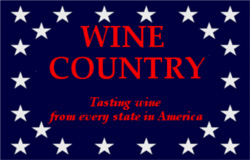
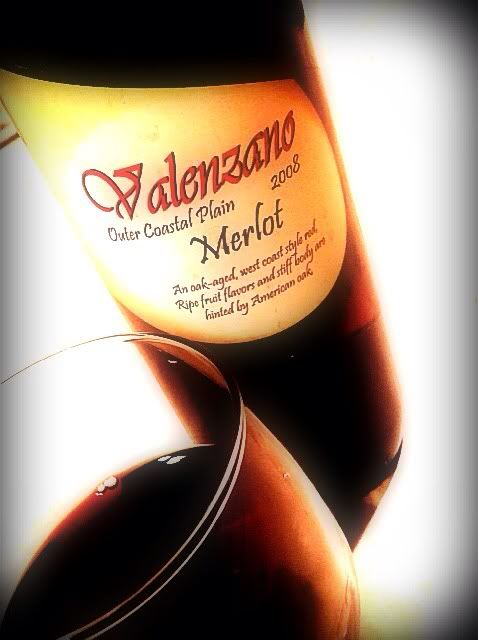 Valenzano Merlot, Outer Coastal Plain, 2008
Valenzano Merlot, Outer Coastal Plain, 2008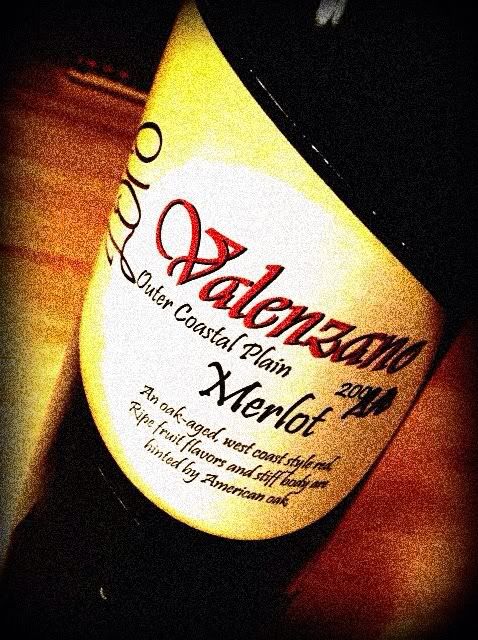 Valenzano Merlot, Outer Coastal Plain, 2010
Valenzano Merlot, Outer Coastal Plain, 2010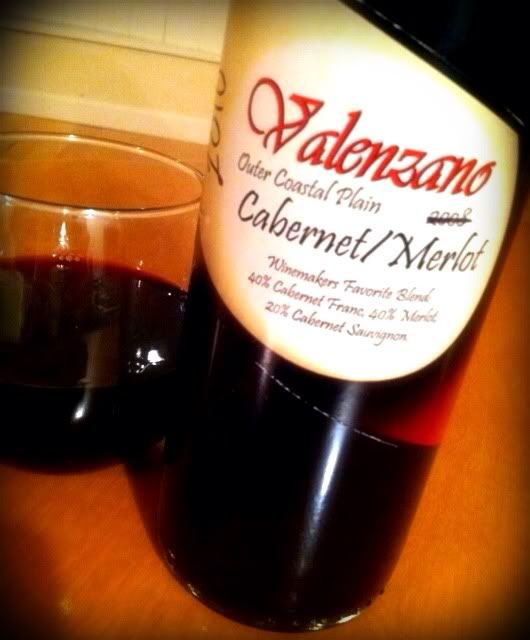 Valenzano Cabernet/Merlot, Outer Coastal Plain, 2010
Valenzano Cabernet/Merlot, Outer Coastal Plain, 2010  Jersey Devil Port
Jersey Devil Port 
 Norton Virginia 2008
Norton Virginia 2008 Rappahannock Cellars Virginia Red Dessert Wine 2007
Rappahannock Cellars Virginia Red Dessert Wine 2007



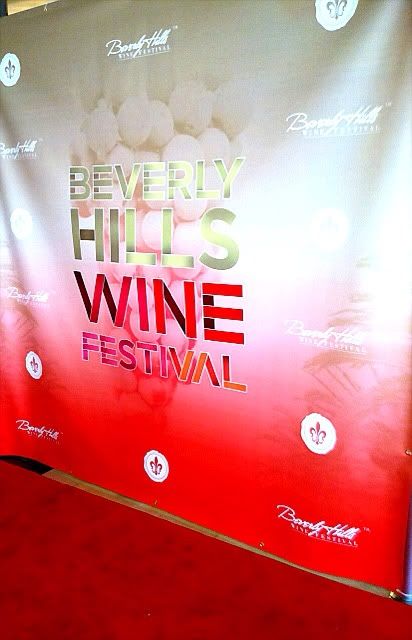
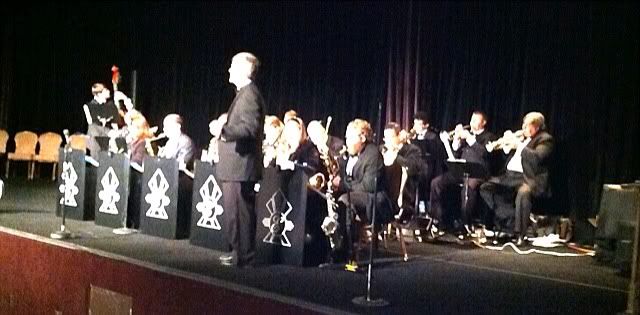 On the down side, a funky numbering system and a lack of identifying signage made it a bit difficult to find specific wineries one might be looking for, but most people seemed to enjoy just making their way from table to table, sampling whatever came their way.
On the down side, a funky numbering system and a lack of identifying signage made it a bit difficult to find specific wineries one might be looking for, but most people seemed to enjoy just making their way from table to table, sampling whatever came their way.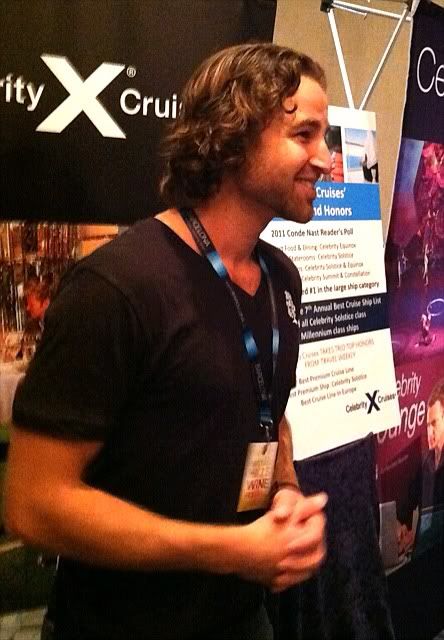 My first taste of Malibu's
My first taste of Malibu's 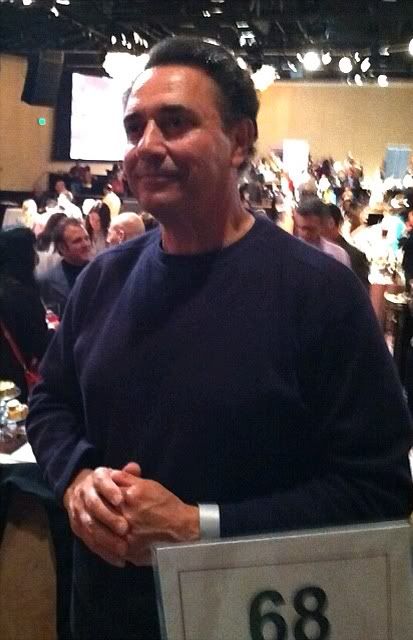 The
The 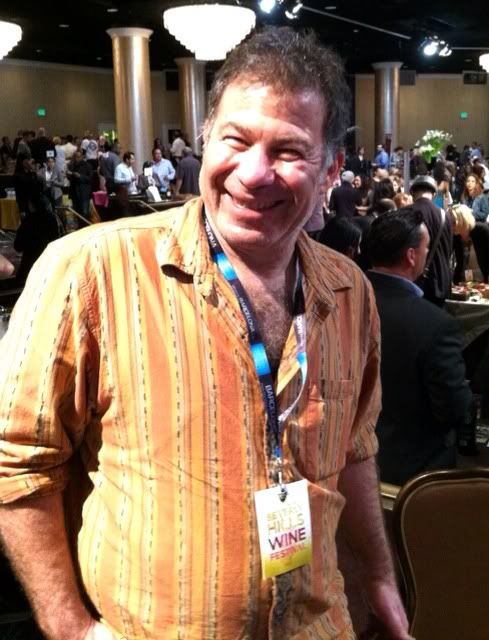 Mike Stan (left) of
Mike Stan (left) of  Naked Grape
Naked Grape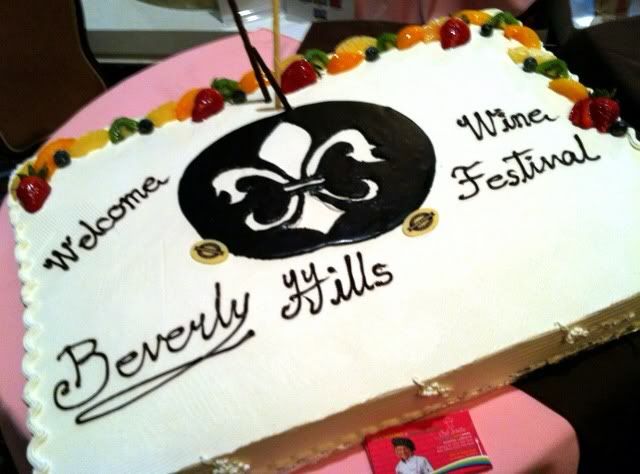 Although the wine was the focal point of this event, there were some very tasty treats on display. Sweets from the
Although the wine was the focal point of this event, there were some very tasty treats on display. Sweets from the